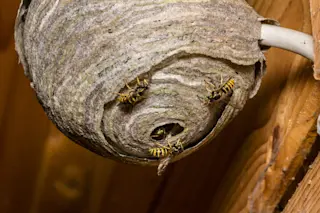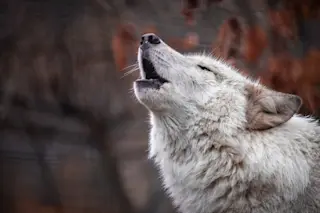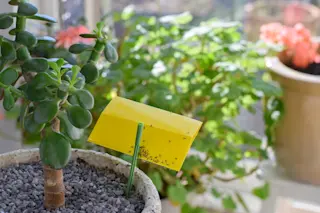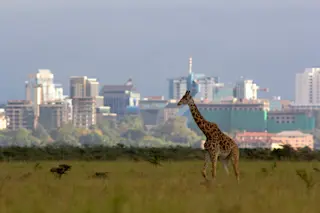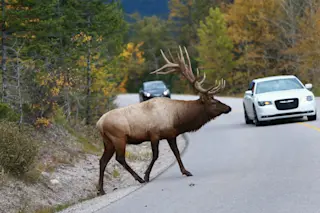I have seen the future, and it lives in Miami.
The suburbs of Miami, to be exact: in the ever-expanding netherworld between the potted plants and subtropical nightlife of South Beach to the east and the tropical plants and deep-rooted wildlife of Everglades National Park to the west.
The future lives in Homestead. So does Todd Hardwick, owner and primary employee of Pesky Critters Nuisance Wildlife Control. Noisome possums and trash-can raccoons are his standard fare, and the money is in alligators, which crawl out of the swamps and into backyards, the two environments being ever more synonymous. But the real fun, and Hardwick's specialty, is catching exotic species. Miami is the through point of the nation's imported animal and plant trade, and virtually everyone in South Florida, including Hardwick, has a neighbor with a backyard menagerie of lucrative critters on hold for resale. With so many unofficial zoos so ...



